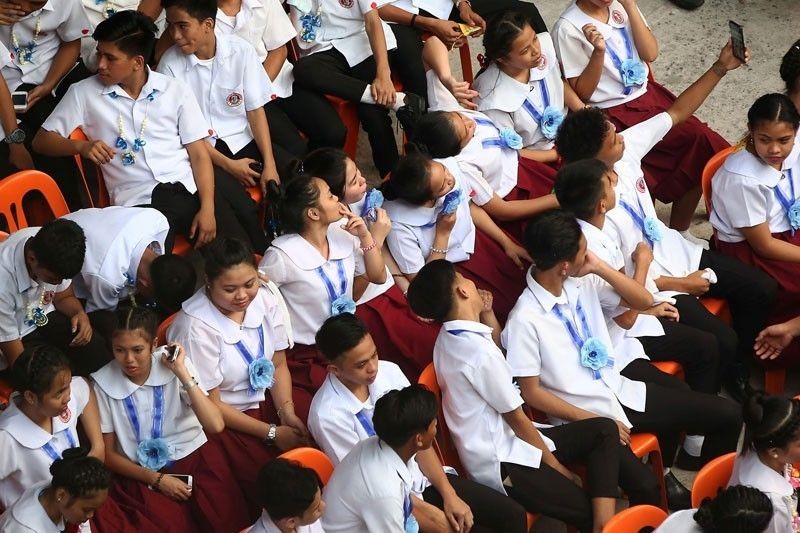Filipino teens among worst in the world for physical activity

MANILA, Philippines — Filipino adolescents ranked almost at the bottom 146 countries
A study from journal The Lancet Child & Adolescent Health found that 93.4% of school-going Filipinos aged 11 to 17 lack physical activity as of 2016.
Out of 146 included in the study, only the Cambodia (91.6%), the Philippines, South Korea (94.2%) and Sudan (90.3%) recorded over 90% of prevalent insufficient activity among adolescents.
"Philippines was the country with the highest prevalence of insufficient activity among boys (92.8%), whereas South Korea showed the highest levels among girls (97.2%) and both sexes combined (94.2%)," the journal said.
The rate of insufficient activity among adolescent girls in the Philippines was also relatively high at 92%.
Globally, 81% of students aged 11
The high-income
The current levels of physical inactivity among adolescents around the world show that there is an urgent need for scaling up of implementation of policies and programs to increase their activity, according to the study.
"Investment and leadership at all levels to intervene on multiple causes and inequalities that might perpetuate the low participation in physical activity and sex differences,
This would also help improve the health of the current and future generations and support achieving the 2030 Sustainable Development Goals.
"Current evidence also highlights the need for more harmonised, device-based physical activity data; more detailed physical activity data for different domains such as walking and cycling, sport, physical education, or unstructured activity during leisure time; and more disaggregated data for population subgroups," it said.
- Latest
- Trending

































